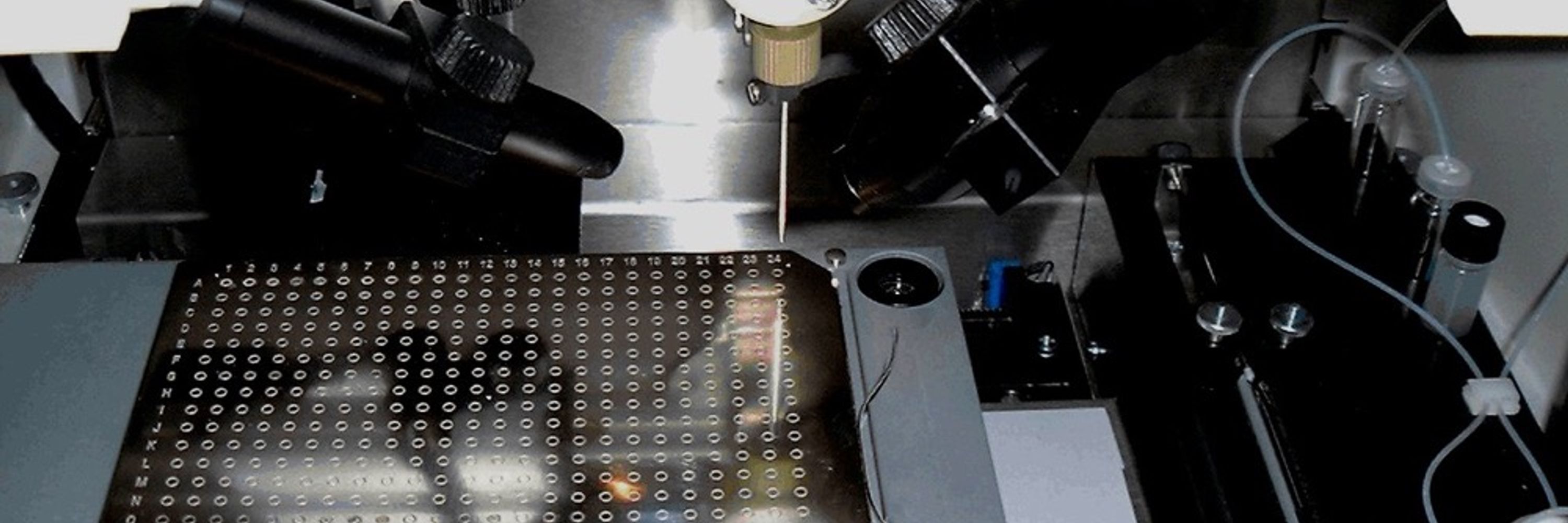In Situ Chemical Oxidation of Nonionic Organic Contaminants: The Effect of Soil Organic Matter and Minerals on Stoichiometric Efficiency
Most dissolved organic contaminants readily react with sulfate radicals (SO4•–) formed when persulfate is activated by thermolysis or base addition during in situ chemical oxidation (ISCO). However, under conditions encountered in the subsurface, hydrophobic contaminants associate with particles. To determine the potential of solids to protect contaminants from oxidation, we measured the stoichiometric efficiency (i.e., moles of contaminant transformed per mole of SO4•–) for a homologous series of chlorinated benzenes using solid-to-water ratios approaching subsurface conditions. Sorption to inorganic surfaces (i.e., sand and clays) reduced the stoichiometric efficiency by 3 orders of magnitude relative to contaminants in solution. At low initial oxidant concentrations (i.e., 10 mM), adsorbed contaminants were oxidized after desorbing to reestablish equilibrium. At higher oxidant concentrations (i.e., 500 mM), contaminant loss was attributable to SO4•– that reacted at the particle surface. Absorption by particulate organic matter (i.e., Pahokee peat) offered greater protection. For the most hydrophobic compounds (i.e., tetra-, penta-, and hexachlorobenzene), 1.5% organic matter by mass reduced the stoichiometric efficiency by an additional order of magnitude. The effect of sorption on the efficacy of persulfate ISCO can be predicted using contaminant hydrophobicity (i.e., the octanol–water partition coefficient, Kow), persulfate dosage, and particulate organic matter content.

























